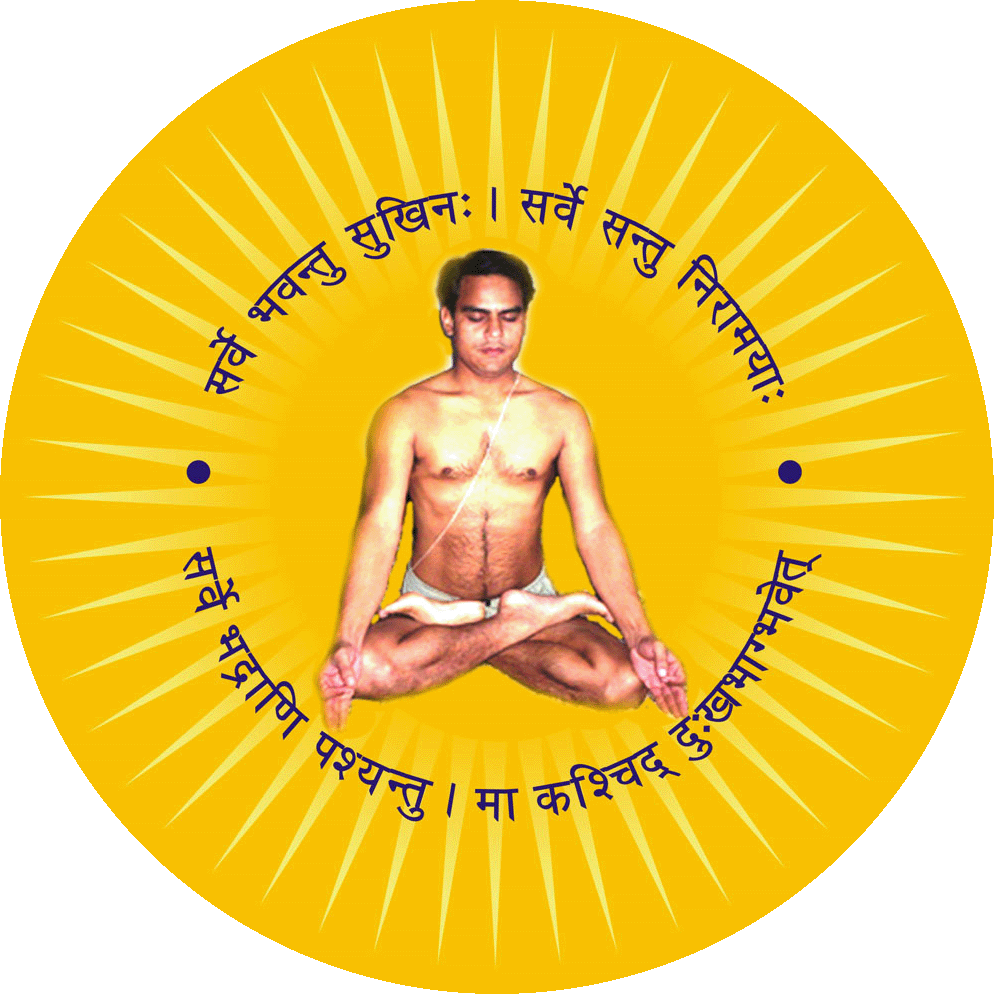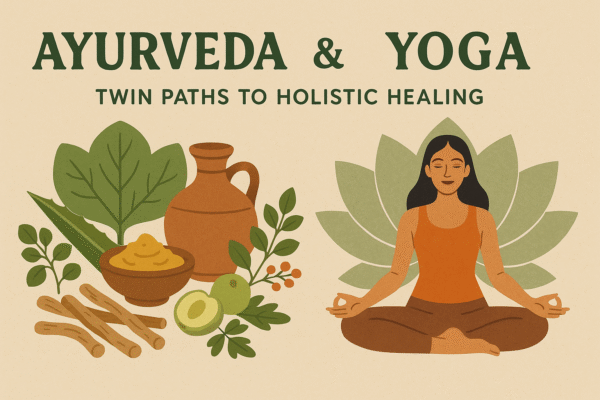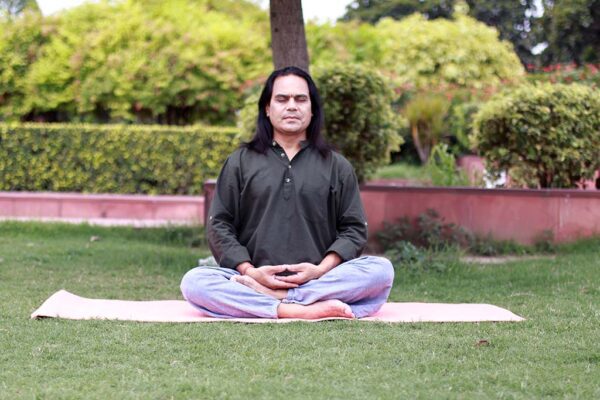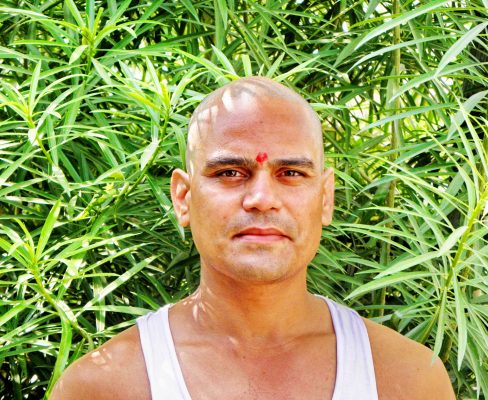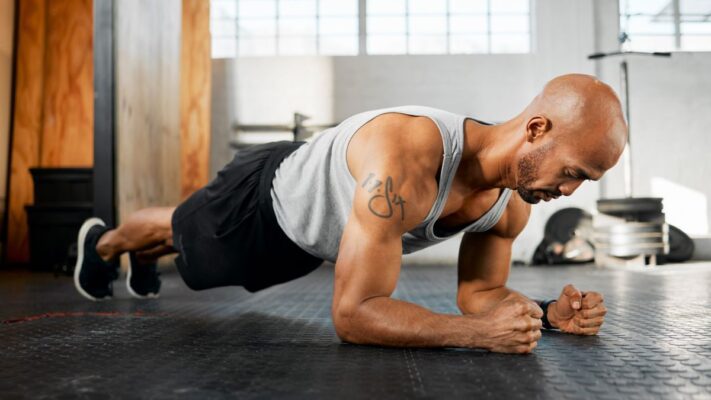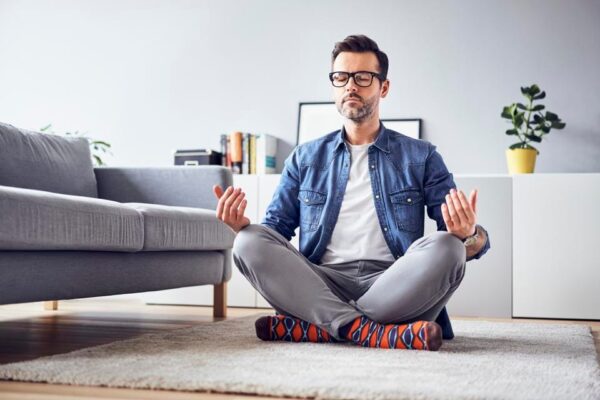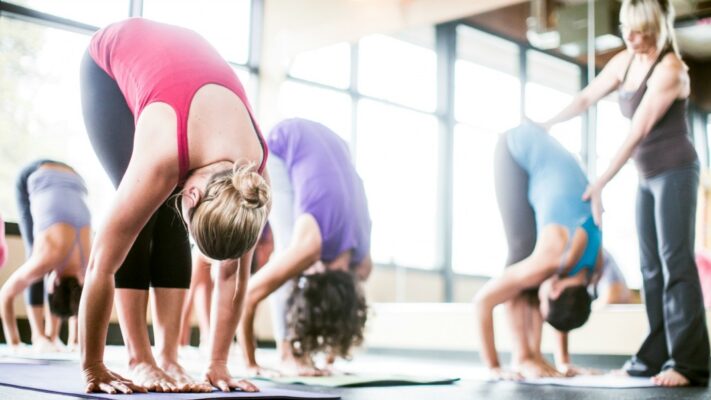If you’re serious about improving your game, yoga can help. It can improve your balance and help you develop strong hip flexors. These muscles help you stay upright. In addition, yoga postures, like the warrior pose, stretch out your chest and shoulders. All of these advantages can help you improve your game on the court.
These poses are also helpful for preventing tennis elbow since it strengthens your inner forearms and wrists. It will help you avoid injuries caused by the overuse of your forearms and wrist extensors.
While yoga is good for improving flexibility and strength, it also reduces stress. Yoga improves concentration and mental toughness, which are important attributes for tennis players. As an added benefit, yoga also improves reflex times and reduces the risk of injury. It also enhances flexibility and stamina which are crucial for optimal tennis performance.
Anjaneyasana (Crescent Moon Pose)

One of the most important parts of the body for tennis players is the hips, which support the spine and act as a base of support for the torso. Since these areas are exposed to a lot of physical pressure and stress, keeping them flexible is essential to maintaining a good tennis game. Anjaneyasana helps tennis players stretch the muscles of the outer hips and decrease tension in these joints.
It also improves the range of motion in the body, extending the rib cage and shoulders and opening up the hip flexors. It also stretches the quadriceps and hamstrings, strengthening them and improving athletic performance. This is particularly beneficial for high-impact athletes.
Moreover, Anjaneyasana helps relieve back pain and lower back muscles. These muscles become tight during intense physical activities, especially in tennis. Tennis also stretches the chest muscles, which are particularly important for the game. A tennis player’s chest muscles are often tense as they wait for the ball to fly over the net. The tightness from the tennis posture may lead to shoulder or back pain.
Gomukhasana (Cow Face Pose)

If you are a tennis player, you probably already know that shoulder mobility is one of the most important aspects of the game. A good yoga practice will help you develop this mobility and open up your chest. Gomukhasana is a great yoga pose for tennis players because it helps to loosen up tight muscles in the shoulders and upper back.
It is best practiced in the morning, at least ten to twelve hours before playing. It also strengthens your back and opens up your chest. This yoga pose also stretches the hips and hamstrings, two areas of the body that are very important to tennis players.
This yoga pose is also beneficial for the arm muscles. It also improves nerve functions and enhances your awareness of your body. It would help if you were careful not to overdo the pose, as it can cause further injury. You can also use a yoga armband to support your waist, elbows, palms, and back while performing the pose.
Virabhadrasana 1 (Warrior 1 Pose)

Virabhadrasana 1 strengthens your lower back, arms and legs and helps improve stamina. It also stimulates metabolism and restores the spine. It also relieves frozen shoulders and releases stress. You will also find that this yoga pose is very relaxing and evocative of grace.
This yoga pose can be very beneficial to tennis players. This strengthens the core and helps the player stay relaxed during the game. It also increases concentration and allows the player to stay in the zone during the match. It also improves circulation and cardiovascular strength.
Vrikshasana (Tree Pose)

Vrikshasana is a powerful yoga posture that can help tennis players improve their balance and strokes. This pose also helps the body maintain a healthy blood pressure level. Those with high blood pressure should avoid vrikshasana.
This yoga pose is ideal for tennis players because it stretches the back and posterior leg muscles. These muscles provide the power required to push off the court. It can also stretch the back muscles that can become tight from running. This stretch will help prevent injuries to these muscles.
Other benefits of Vrikshasana include improving your balance and developing your hip flexors. These muscles are important to the physical game of tennis and can make or break your game. This yoga pose helps to strengthen the hip flexors, which are essential for balance and correct movement patterns.
It can also help athletes recover from injuries. It is a great way to reduce muscle tension and improve mental focus. When performed daily, yoga can improve athletes’ overall physical and mental health. Moreover, yoga can help them recover faster from injuries. Regular yoga practice is essential for athletes who want to improve their performance on the court.
Adho Mukha Svanasana (Downward Facing dog Pose)

In tennis, the hips are crucial to stability and playability. They stabilize the spine, keep the torso upright, and support the lower body. Performing yoga can improve the flexibility of your hips. It also reduces tension in the joints and muscles, which are essential for optimal tennis performance.
Asanas like Downward Dog can strengthen your wrists, open the shoulders, and stretch the backs of your legs. This pose also helps with recovery from injury.
If you have tennis elbow, yoga can be a good choice. The exercises will make you more aware of your body and reduce the risk of overextending your elbow. It is an excellent way to heal the injury and strengthen the joint muscles. Make sure you practice this pose regularly to keep the muscles in the joint flexible and strong.
The Adho Mukha svanasana can help you stay focused and relaxed. This pose improves your mental health by improving blood flow to your brain. It also helps prevent osteoporosis and strengthen your bones.
This pose is also helpful for relieving joint pain and stiffness. It is also an excellent way to improve your posture and flexibility.
Prasarita Padahastasana

Prasarita Padahastasasana is a yoga pose that can help tennis players improve their flexibility and performance. This inversion stretch helps increase circulation to the brain and provides a deep stretch of the legs. Before attempting this pose, you must place your hands under the bottom of your feet.
This yoga pose helps improve flexibility and balance, which is important for tennis players. It also helps open up the legs and hips. This asana is the third of the 12 basic poses of Hatha yoga. The name derives from the Sanskrit words pada, hasta, and asana, which mean foot, hand, and seat.
Your arms, legs, and hips stretch and strengthen in this standing forward bend. This also helps improve your posture and is fun to practice. It strengthens the hips, hamstrings, and core. It is very flexible and fun. In addition to strengthening the arms and legs, this yoga pose stretches the spine and opens the chest.
Conclusion
Yoga has been used for thousands of years to treat various physiological problems. It originally developed as a method of healing extensive bodily injuries. Yoga exercises can help with tennis elbow because they strengthen the muscles around the elbow joint. But, yoga should not be performed too strenuously and should not exceed the limits of the injured person.
Aside from improving the player’s flexibility and strength, yoga also improves the player’s balance and mind. Tennis throws the body out of alignment, so yoga is perfect for rebalancing and creating symmetry. It can also decrease the risk of injury. Yoga also emphasizes breathing techniques and calming the mind.
